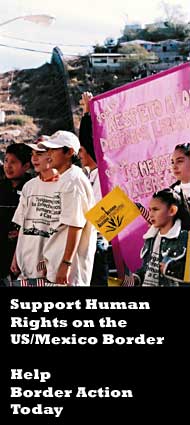Deconstructing La Chinesca: Part 2

The images of the children draw on 19th and 20th century stereotypical motifs in an attempt to illustrate political sociability in spite of perceived differences - a self-essentializing nod to multiculturalism's 'right to difference'. The Chinese with traditional garb and the Great Wall in the background and the Mexican with sombrero and Aztec pyramid in his background. This image also suggests that cultural negotiation is gendered and a meeting of masculinized subjects. A rendering of this image appears in Auyon's El Dragon text as the title page to the chapter on historical relations between China and Mexico. What I find interesting about these expressions of friendship and tolerance is its asymmetrical character. These are efforts by Chinese Mexicans may communicate a desired future, as well as a revisionist history. Many accounts of the historical relations between Chinese and Mexicans speak at length about cultural contact and budding economic ties. However, they often omit the political persecution and disenfranchisment that many Mexican Chinese experienced during the Mexican Revolution, rise of Mexico's welfare state, and its subsequent indutrialization. I have found several Mexican scholars and authors who have tried to reconcile these historical silences (Gabriel Trujillo Munoz, Maricela Gonzalez Felix, Jose Jorge Gomez Izquierdo, Moises Gonzalez Navarro), but it seems to be an interesting site to interrogate the practice of imagining the nation, nationalism, and ongoing racial formations.
From a Gramscian perspective of hegemony, racial formations are always contingent and contestable. At this angle, the cultural production of "historical ties" may represent a repeating "manuevor" against and countering the nationalist forces of erasure and marginalization. Of course a cultural studies approach to political analysis is always subject to critiques of subjectivist relativism but this case remains particularly apt for deconstruction given the dynamism of border culture and the strength of presence of La Chinesca. For instance, not only have the Mexicali Chinese had to cope with the transition from majority to minority (the Chinese outnumbered Mexican nationals in the early 20th century), but they have also been able to remain a prominent "feature" of the Mexicali landscape. It is the material consequences of particular representations that make cultural criticism a useful method of analysis. The following map of La Chinesca dates to 1925.
 Since this period, the distribution of La Chinesca has been mostly reduced to those locations south of the railroad. Although many buildings like that of ABSA remain near the old lumberyards on the north side of the tracks it seems that few live on that side. Again, let me reiterate that these thoughts are just reflections on my experience and the information I received through limited interviews. I hope that readers with more information/experience will continue to help me understand La Chinesca and it's evolution.
Since this period, the distribution of La Chinesca has been mostly reduced to those locations south of the railroad. Although many buildings like that of ABSA remain near the old lumberyards on the north side of the tracks it seems that few live on that side. Again, let me reiterate that these thoughts are just reflections on my experience and the information I received through limited interviews. I hope that readers with more information/experience will continue to help me understand La Chinesca and it's evolution.


